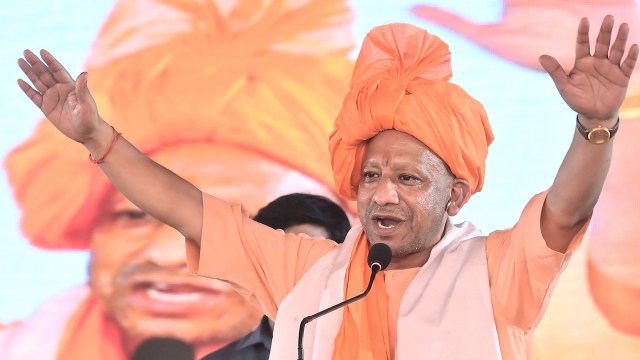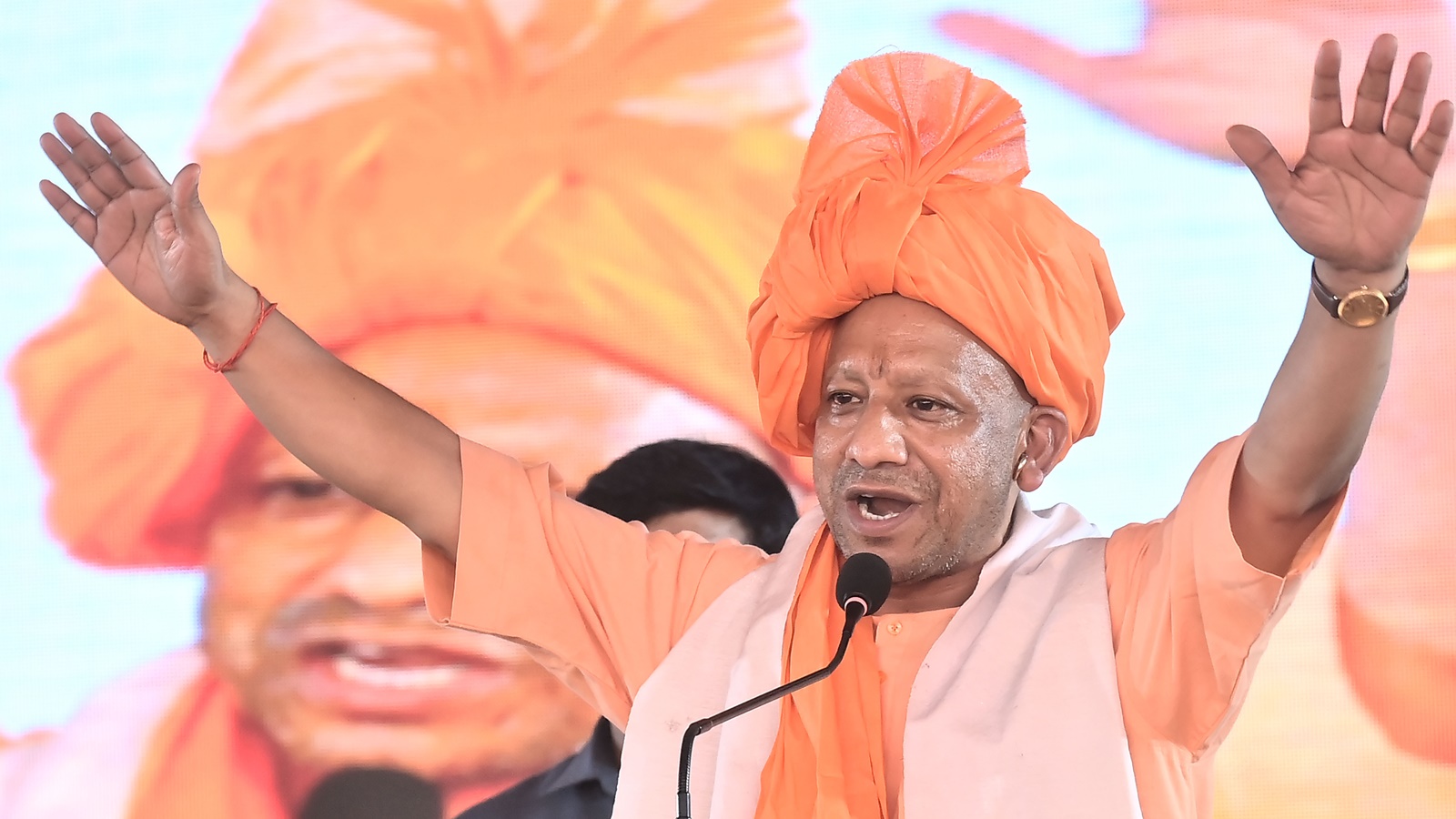
Last week, a couple of videos emerged on social media sites that allegedly showed workers in one or more eateries in Uttar Pradesh ostensibly spitting and urinating in the food they were preparing. The Chief Minister was quick in taking action and issued a series of directions, including the mandatory display of the name and address of operators, proprietors and managers at eateries across the state. He later convened a meeting with a number of senior officials to discuss the provisions for two new ordinances tentatively named “Prevention of Pseudo and Anti-Harmony Activities and Prohibition of Spitting Ordinance 2024” and “Uttar Pradesh Prevention of Contamination in Food (Consumer Right to Know) Ordinance 2024.” News reports noted that the new provisions would take strict action in case an employee of a food establishment was confirmed to be an “illegal foreign citizen”. These ordinances are being promulgated with the idea that the consumer has the right to access essential information about food and beverage sellers and service providers.
Food, contrary to the romantic mythologising by the neo-liberal industry in the form of TV shows and the like, is not something that brings people together. It can arguably be one of the most contentious and divisive issues, much like marriage or love. Most people have strong ideas of what constitutes good food or the cuisine they like. The term “comfort food” denotes how food memories from childhood are coded into us. Food is elemental to how we celebrate our lives (and even death) and this holds true for cultures across the world. In most cultures and religions, certain dishes/foods are proscribed on certain occasions or conversely, are considered celebratory on another.
Anyone who does road trips across north India knows that most dhabas and eateries prominently display names, which are often caste-based and/or regional: Yadav dhaba, Kake da dhaba, Gujarati dhabas, Jain dhabas, the Udipi chain, Bengali dhaba, “shudh vaishno” dhabas, etc. The proprietors know who their potential customers are and who they wish to cater to and, therefore, the names of roadside eateries explicitly declaim where they stand.
The customers, in turn, know that the place they pick to eat from will cater to their particular dietary (and religious) needs. Food taboos and the caste-based nature of our society have ensured this unspoken contract — it is in the proprietor’s own interest that s/he adheres to it.
With the advent of neo-liberalism, all this is slowly changing. Global fast food chains as well as indigenous Indian chains such as Haldiram’s, and Sagar Ratna can now be found in several cities and towns across the country and along highways. Something which was not available in a particular season can be flown in or even imported (if you can afford it, of course). Food trends that start in one part of the world can quickly become viral in others. Ideas around food have also changed — people are changing their eating habits, experimenting with foods from different regions in India and even from different countries.
Until economic liberalisation in the 1990s, the culture of dining/eating out was restricted to a small cosmopolitan elite in India. Most people did not have the kinds of disposable incomes we see today. Caste practices also proscribed certain foods and made people hesitant to eat out. However, with greater disposable incomes and new cultures of dining out/eating out, the ways of food consumption are slowly shifting.
The new cultures of food emphasise ways of eating based on a different set of criteria such as ideas of hygiene and cleanliness, a variety of different types of cuisines and fast foods: from Maggi noodles to pasta, pizza as well as butter chicken, biryani and kebabs, dosas or even daal makhni and naan/tandoori roti, and now notably (especially perhaps in the larger metros) the rise of regional cuisines. These new cultures of food, perhaps, bring people together in ways that the older culture didn’t.
The rapid changes in patterns of food consumption have given rise to anxieties and are perceived as destabilising and as a loss of culture: We seem to want the culture of the new economy, but not the cultures of food that go with them! It is important to remember that culture is fluid and that any change is seen as a threat to the status quo. We see time and again how controversies are manufactured and that there is a constant need to construct an imagined enemy – who is intent on annihilation of what is supposedly Indian (read as Hindu) culture. The aim is as much to keep Hindus in check as it is to demonise Muslims.
The writer worked in the development sector



